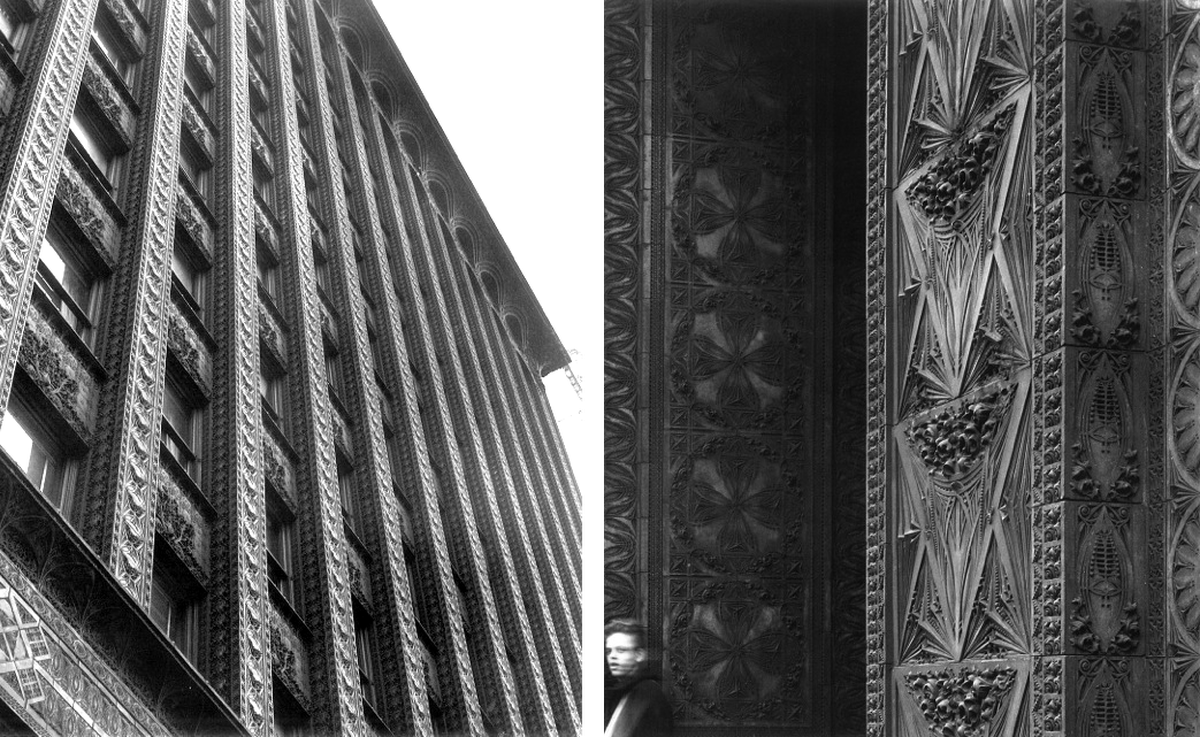PLANNING PERMISSION GRANTED FOR WONG AVERY GALLERY
MAY 2018

Planning permission has been granted for the construction of a small new music practice and performance space for Trinity Hall, Cambridge. The stone-built music practice and recital space will sit in the centre of Avery Court, on the College’s central Cambridge site, adjacent to several listed buildings including the chapels of both Trinity Hall and Clare College. It will be named the Wong Avery Gallery in recognition of its primary funders, the family of the late Dennis Avery, the College Fellow after whom the Court is named. The addition of the new building will greatly improve the College’s offer for students and staff participating in or studying music and enrich the cultural life of the College as a whole.
It is a simple loadbearing construction made of thin stone columns and beams. It is a composition of cubic forms, with a Greek cross plan-form. Performances will take place in the centre, with audience seating in bay windows at the ends of each arm, the walls of which are lined with shelves to store sheet music. Over the crossing, a glazed lantern brings light into the centre of the building and is lined with acoustic shutters which allow the reverbera- tion time of the space to be finely tuned according to the number of musicians and audience members for each rehearsal or performance. As part of the proposals, the court will be landscaped to designs by Kim Wilkie, with a large paved area surrounded by borders filled with predominantly green shrubs and climbing plants.
The project is due to start on site during the academic year 2018 -19.
CLAD IN A GARMENT OF POETIC IMAGERY
JANUARY 2014

The following text seeks to explore the communicative role of architecture, highlighting how the buildings of Louis Sullivan offer an antidote to the stoicism of the modern movement.
The reasons for the adoption of a muted architectural language in the beginning of the 20th century were numerous, but perhaps the inability of architecture to communicate can be traced back to a Critique of Judgement wherein Immanuel Kant called for true artists to ignore conventional rules governing popular taste as a means to preserve the integrity of the artist / genius in the landscape of an emerging aesthetically uneducated middle class. The restriction of this Kantian ideology can be clearly seen in the modern movement where the elimination of ornament in favour of purely functional structures was meant to appeal to our morality. We were meant to appreciate their honest expression but this simplified architectural rhetoric stripped architecture of its ability to express meaning beyond its function and reduced the ability of the architect to infer a narrative.
It is here I believe that the architecture of Louis Sullivan offers a counterpoint to the stoicism of the modern movement. Sullivan’s response to the modernist doctrine was not to abandon ornament but to heed the advice of Owen Jones and devise a new and contemporary ornamental vocabulary. The Guaranty Building represents the high point of Sullivan’s communicative architecture. The building presents a veiled ornamental screen of rich terracotta tiles which act to delineate the tripartite composition of the facades. The ornament at the base of the building reflects the connections of its veiled steel structure which support the vertical mullions above. The repetitive program on the upper floors are articulated by a rigid pattern of piers and ornate spandrels. Sullivan completes the composition by employing a concave cornice which absorbs the vertical mullions and acts to complete a flowing continuous organic architecture.
‘Our buildings thus clad in a garment of poetic imagery… will appeal with redoubled power, like a sonorous melody overlaid with harmonious voices’[1] . Although Sullivan never acknowledged the influence of Semper, the Garment analogy used by Sullivan is a clear reference to Semper’s theory of dressing and his insistence that the ‘archetypal origin of built form was textile production’[2]. It is also indicative of the ‘strong influence that German culture had on Chicago in the 19th century’[3].
Ornament was for Sullivan and Semper a demonstration of essential artistic and social motives, ‘being fundamental, the wreath was not only initial, it was also profoundly significant because it manifested the unity of the social body, the people themselves’ [4.
Sullivan’s Architecture represents an alternative modernism where function and ornament were not considered to be in opposition but could coexist to create a symbolic architecture which sought to communicate.
[1] Louis H Sullivan, Kindergarten Chats, Dover Publications Inc, 1980
[2] Kenneth Frampton, Studies in Tectonic Culture, The MIT Press, 1995
[3] Ibid.
[4] David Leatherbarrow, The Roots of Architectural Invention, Cambridge University Press, 1993
Images from John Szarkowski – ‘the idea of Louis Sullivan’ Thames & Hudson, 2000
Joseph Mackey holds a BArch degree from University College Dublin. Joseph won an Architecture Association of Ireland Student Award in 2006 and the Arup Architecture Graduates Medal in 2010. Between 2006 and 2012 he worked with the Renzo Piano Building Workshop in Paris, Tom dePaor in Dublin and Eric Parry Architects in London. Since joining Niall McLaughlin Architects in 2012 he has been working on a chapel for monks in Dublin, the repair and extension of the old Radcliffe Infirmary Outpatients Building in Oxford and the T1 Building for Argent in King’s Cross, London. The T1 Building is a large mixed use development containing a district energy centre, an indoor sports pitch, car parking, shops, bars and 80 apartments.

